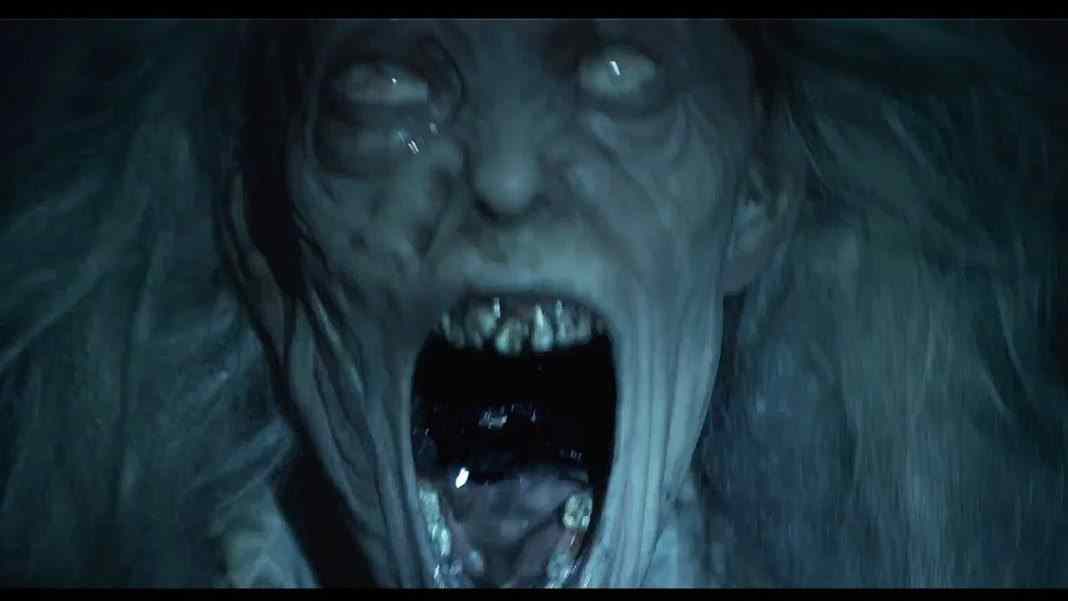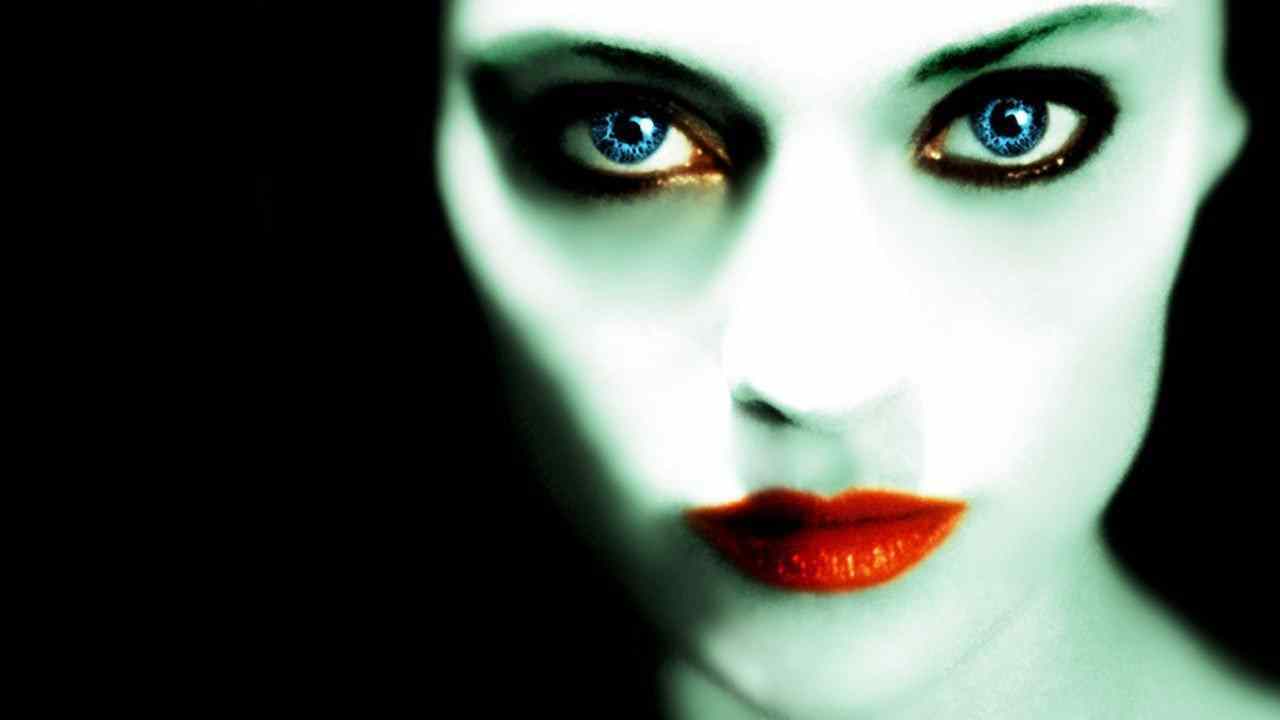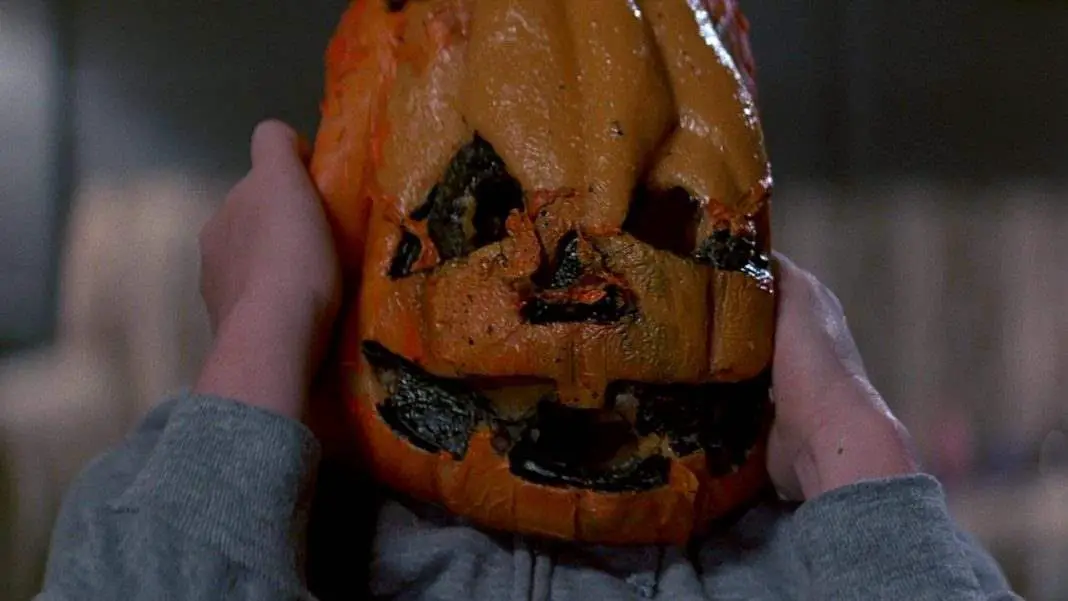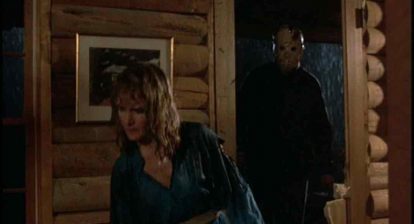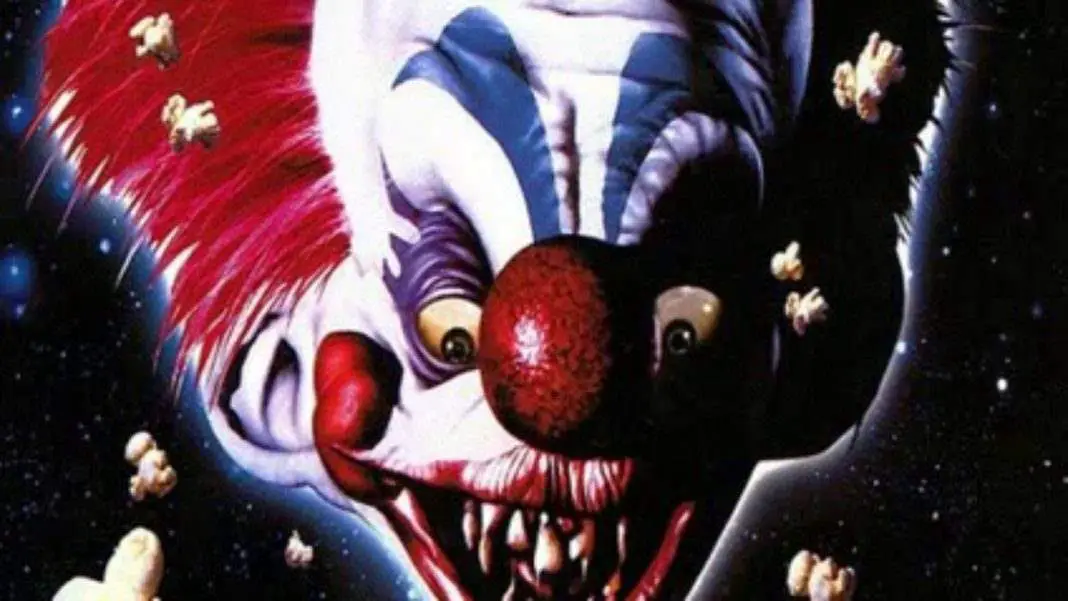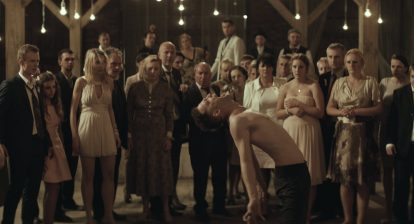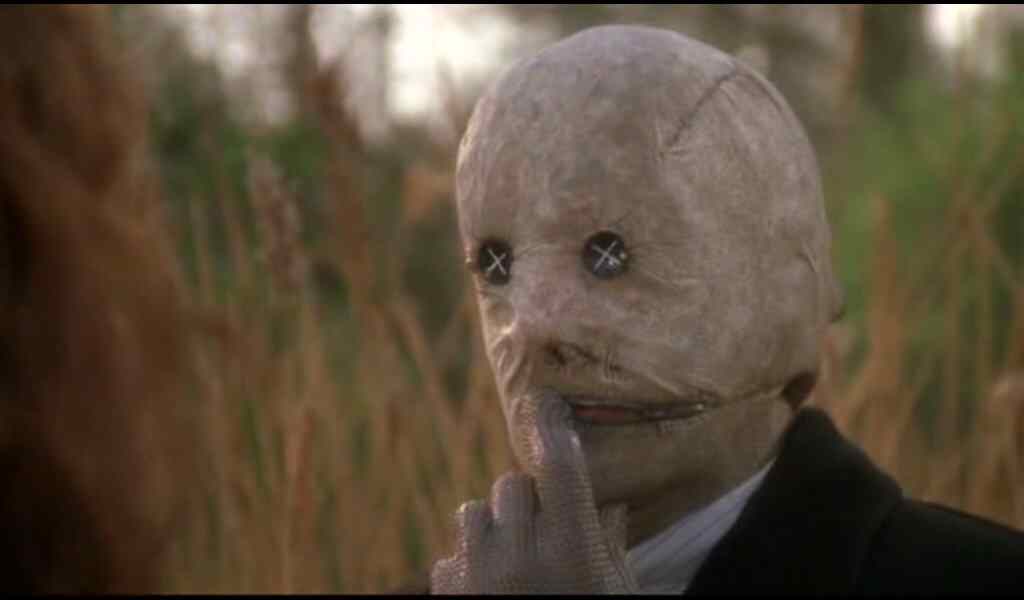Following on the heels of movies like The Forest and The Other Side of the Door, Ghost House is another tale of white people going to a foreign country, messing with traditions and customs and ultimately paying the price. It stars Scout Taylor-Compton as Julie and James Landry Hebert as Jim, a couple who have just come to Thailand for an adventurous vacation and get engaged within the first ten minutes of the movie. Their happiness is well-established, as is their chemistry. They genuinely feel like they get along, even if that connection is tested as soon as they’re introduced to their new friends, Billy and Robert.
From the beginning, they both demonstrate a lack of understanding of the local ideas and customs, to the point that they joke that they can’t even read from the menu. This comes back to haunt them—literally—as Julie can’t help but photograph spirit houses (or ghost houses) all over the city, despite being told that these things are not meant to be disrupted. As Billy and Robert drive them to the countryside to bring Julie face-to-face with the “best” (i.e., most frightening) ghost houses, it feels as though the audience is being treated to an entire first act all within the first twenty minutes.
From there, things evolve pretty naturally. Julie is possessed by whatever she came into contact with inside the ghost house, Billy feels bad for leading her out there and Robert doesn’t. It’s not a film that’s full of surprises and that definitely does hurt it, a little bit, but it doesn’t stop the movie from being entertaining, by any stretch. Even if there are some cringe-worthy bits of dialogue, especially much of what’s given to Michael S. New as Jim and Julie’s travel guide Gogo, there are some genuine scares that make the overall experience worthwhile.

Most of Thailand is shot almost like a commercial and that actually kind of works. This exoticism helps to sell Jim and Julie’s wide-eyed innocence and ignorance. They’re tourists, after all, with a complete lack of understanding of the local mythology or what they’re getting themselves into.
One of the most interesting things about Ghost House, on a technical level, is just how little music there is for a film directed by a composer. Ragsdale is best known for composing the scores for things like Eight Legged Freaks, Masters of Horror and the Aliens vs. Predator games. He’s composed for multiple different mediums and therefore has to have a deep-cut knowledge of how music affects the rhythm of any given scene, whether it be a game, movie or TV show.
Yet Ghost House is largely silent. When there is music, it takes a strong backseat to the scene, with only exceptions being the larger fright sequences in which the score obviously leaps forward to help aid a jump scare. Because of the lack of focus on score, Ghost House almost feels like it could easily have been a found footage movie, especially at the beginning. In a decade that’s been largely defined by them, it’s almost surprising that this feature isn’t found footage. But, because of that, it’s also pretty refreshing as well.
 Making Ghost House found footage would only have highlighted the film’s weaknesses, namely that it’s not really doing anything that hasn’t been done before and isn’t presenting any of its ideas in a new way. So much of its success is technical. It’s well shot, it has a decent sense of scope, it’s effectively edited and making it more of a travelogue or mockumentary—or any other attempt to pass it off as real, raw footage—would have robbed it of those things.
Making Ghost House found footage would only have highlighted the film’s weaknesses, namely that it’s not really doing anything that hasn’t been done before and isn’t presenting any of its ideas in a new way. So much of its success is technical. It’s well shot, it has a decent sense of scope, it’s effectively edited and making it more of a travelogue or mockumentary—or any other attempt to pass it off as real, raw footage—would have robbed it of those things.
The other high point of success for Ghost House is the lead performance by Scout Taylor-Compton. Since Rob Zombie’s Halloween II, no matter what people thought of that movie, I’ve been saying that this is an actress who can do anything. That movie required her to deliver an intense performance dialed all the way up to eleven and she just went for it. Her performance in that was so raw without barely a single moment to stop and breathe and an actress that manages to pull that off can work with any material they are given.
With Ghost House, Taylor-Compton gets to portray an almost aggressively normal girl at first before the possession sets in and she manages to sink back into the rawness and insanity that she so deftly handled during her tenure with Rob Zombie. That’s what sells Ghost House and makes it an interesting watch.
 Ultimately, there’s probably nothing in Ghost House that you haven’t seen before. But that doesn’t mean that it’s not an entertaining viewing. Ghost House is truly well packaged, great to look at and well edited to boot. It’s a slick movie and even if there’s no new ground being broken by the story, it’s effective and scary when the action kicks up.
Ultimately, there’s probably nothing in Ghost House that you haven’t seen before. But that doesn’t mean that it’s not an entertaining viewing. Ghost House is truly well packaged, great to look at and well edited to boot. It’s a slick movie and even if there’s no new ground being broken by the story, it’s effective and scary when the action kicks up.
It goes for the throat in an almost cathartic way, not forgiving the leads for their privileged ignorance but instead truly punishing them for it in a way that works. It draws heavily from the likes of James Wan and David F. Sanberg, but the slickness sells it and it is anchored by a compelling lead performance. Ghost House is available as a digital download beginning May 28th.
WICKED RATING: 6.5/10
